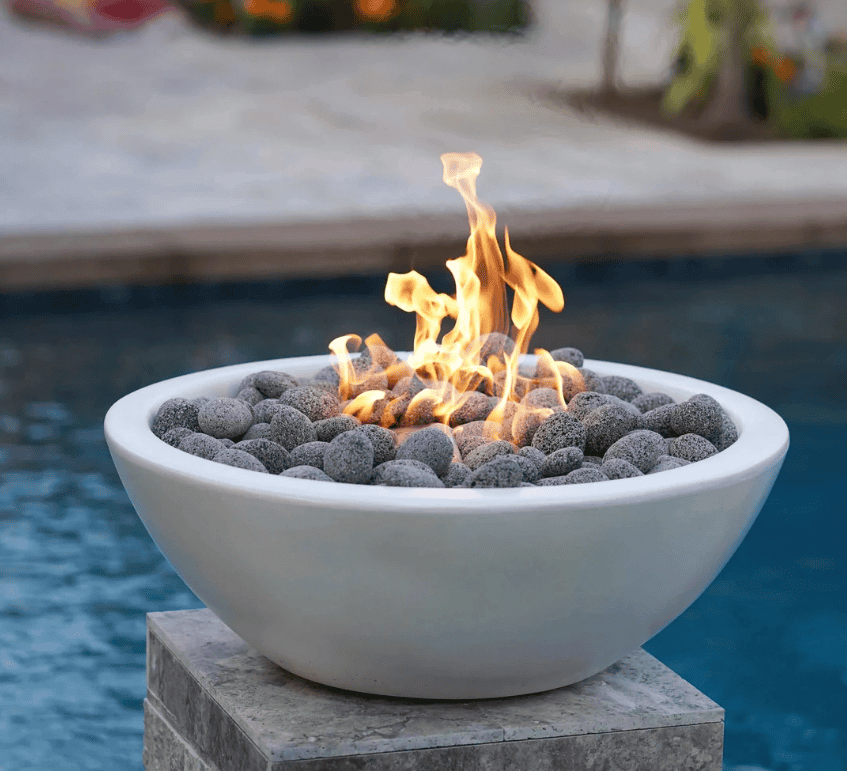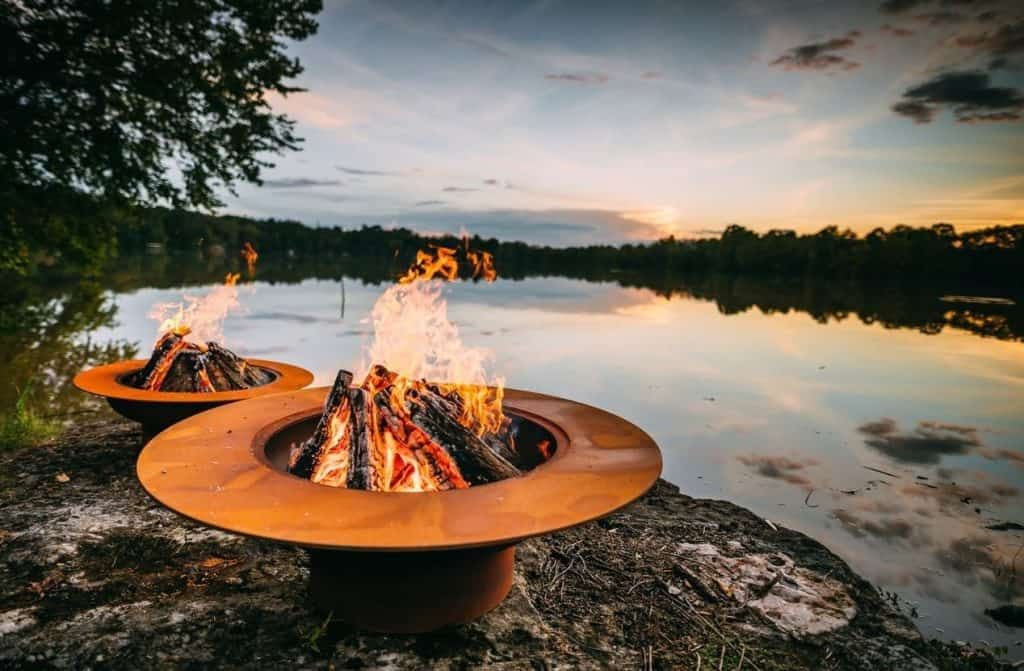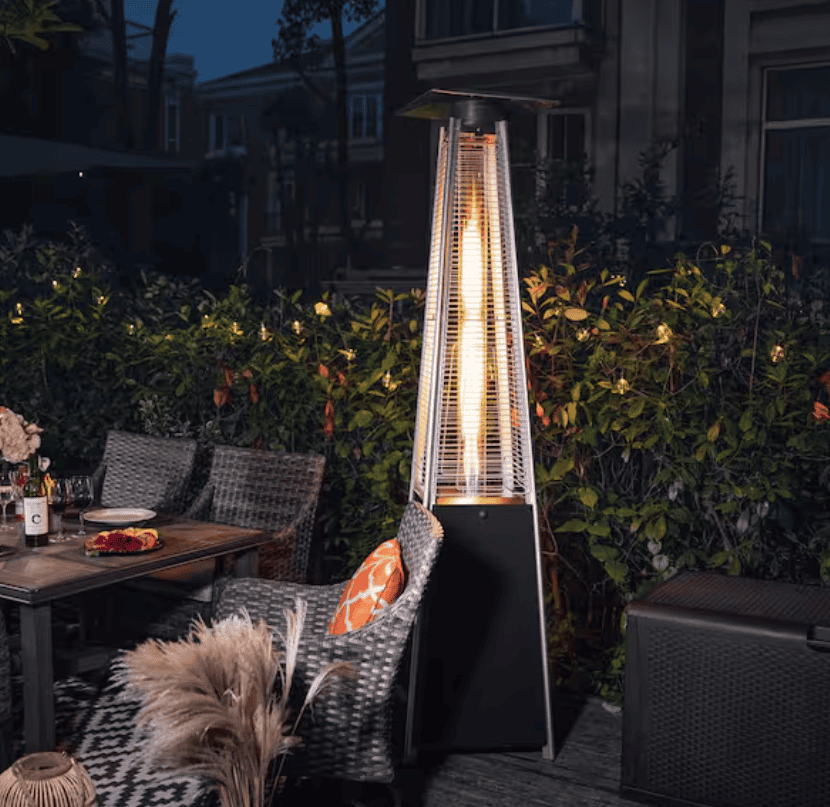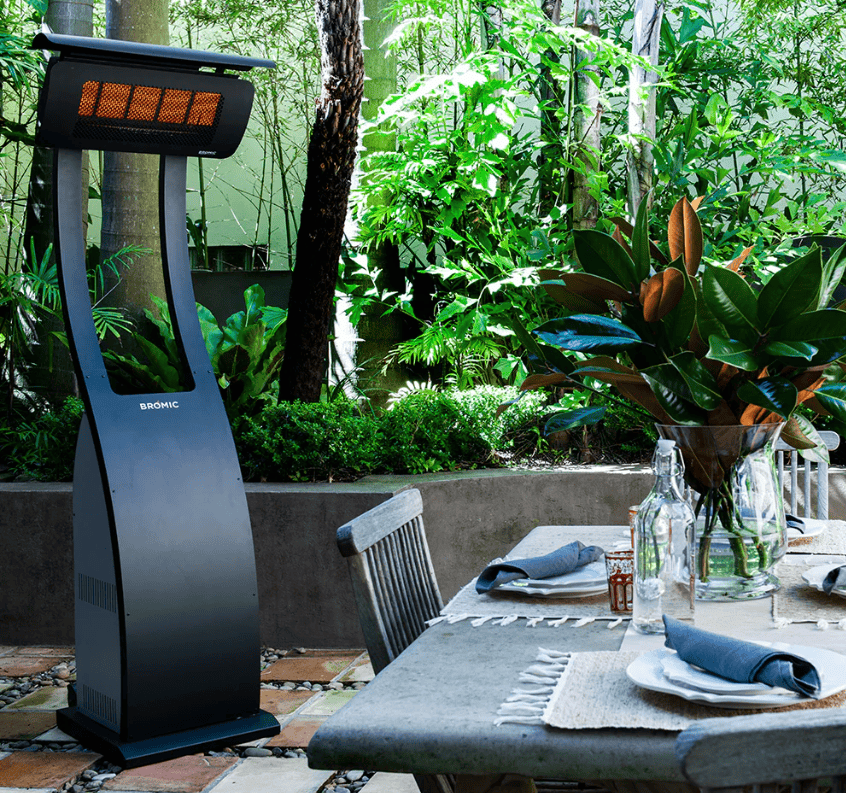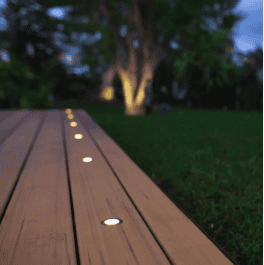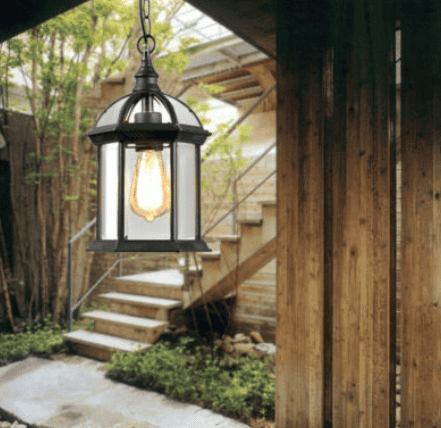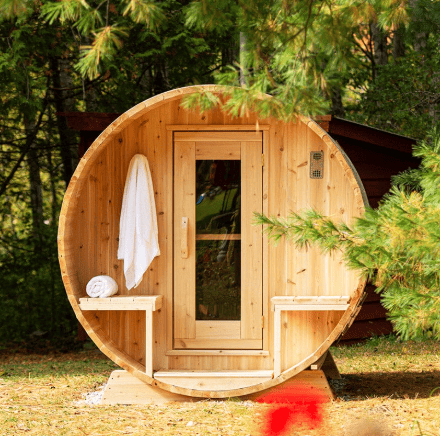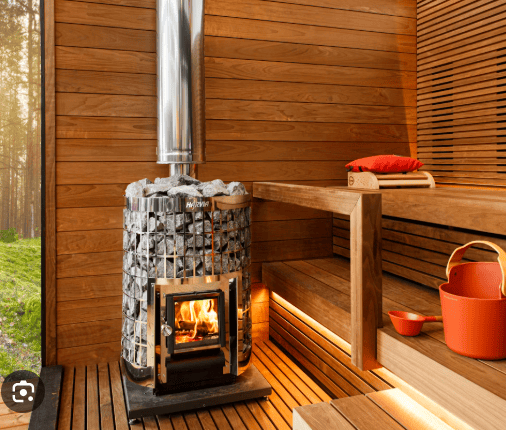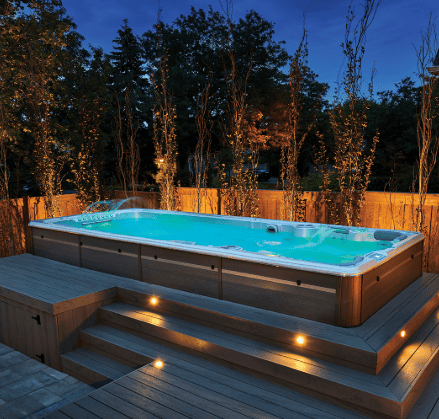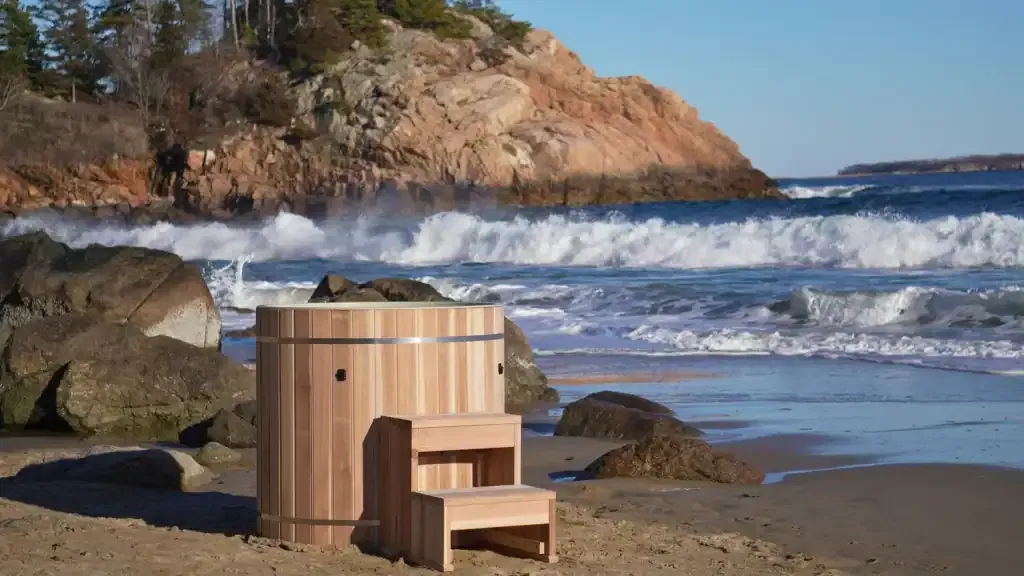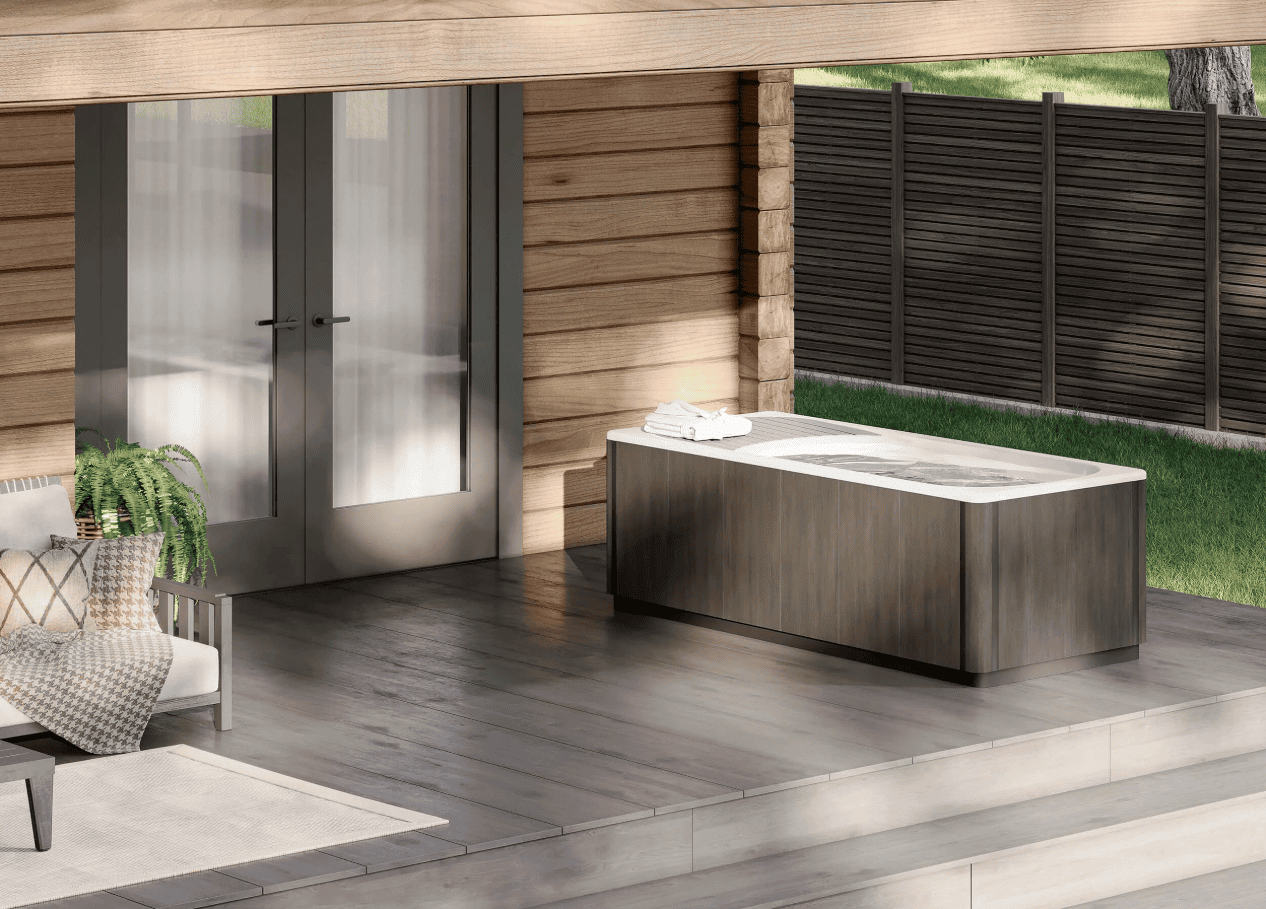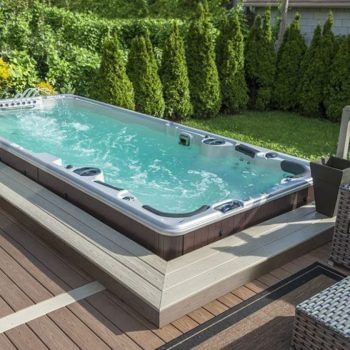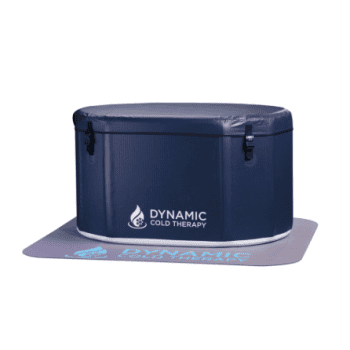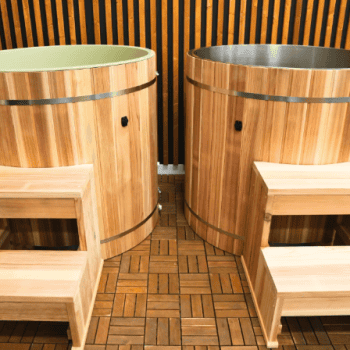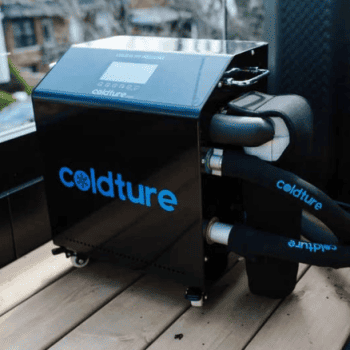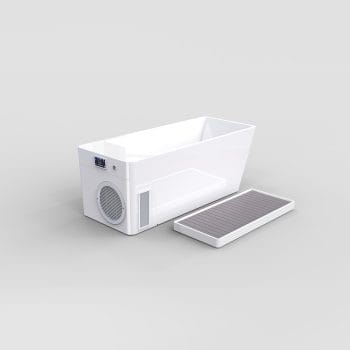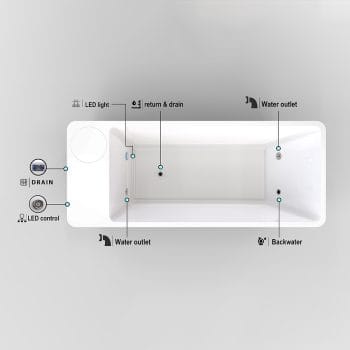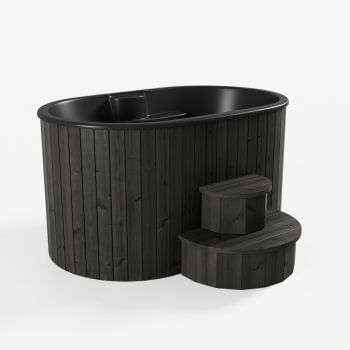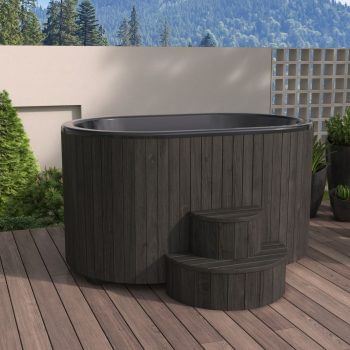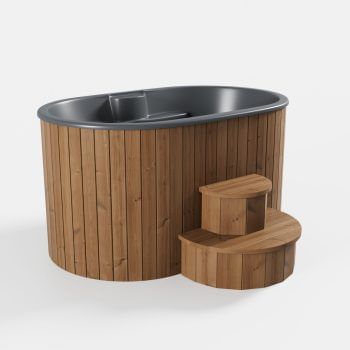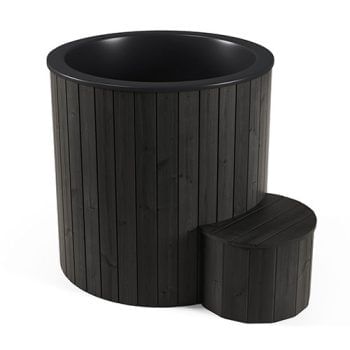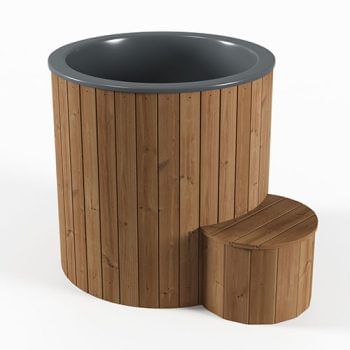Cold Plunge Collection: Benefits and Risks of Cold Plunge Tubs
Welcome to the Cold Plunge Collection, your comprehensive guide to understanding and experiencing the invigorating world of cold water immersion. Here, we'll explore the benefits and risks associated with cold plunge tubs, providing you with the knowledge to make informed decisions about incorporating cold therapy into your wellness routine. Whether you're an athlete seeking muscle recovery or simply curious about the health benefits, this collection will guide you through the icy waters of cold plunges.
Understanding Cold Plunge Tubs
What is a Cold Plunge?
A cold plunge involves immersing your body in cold water, typically ranging from 50°F (10°C) or colder, for a short duration. This practice, also referred to as cold-water immersion, has gained popularity due to its potential health benefits. The idea behind a cold plunge is to expose the body to cold, which can trigger various physiological responses. People often use a cold plunge tub after a workout or a sauna session to promote muscle recovery and overall wellness. While some use a bathtub halfway filled with cold water, others prefer dedicated cold plunge tubs for a more controlled cold therapy experience.
Types of Cold Plunge Tubs
Various types of cold plunge tubs cater to different needs and preferences. A traditional ice bath involves filling a bathtub with ice water, but dedicated cold plunge tubs offer more convenience and temperature control.
| Type of Cold Plunge | Description |
|---|---|
| Cold Plunge Barrel | A freestanding tub designed for immersion. |
| Inflatable Cold Plunge Tub | Portable and easy to store. |
| Collapsible Tubs | Space-saving alternative. |
Some high-end models feature built-in chillers to maintain a consistent cold water temperature, eliminating the need for ice. Choosing the right tub depends on your budget, space, and desired features.
Choosing the Right Cold Plunge for Home
Selecting the right cold plunge for home requires careful consideration of several factors. Think about the available space, as some tubs are larger than others. Consider whether you prefer a portable option like an inflatable cold plunge or a more permanent setup like a cold plunge barrel. Temperature control is crucial; some tubs require manual ice addition, while others have built-in chillers. Assess your budget and consider the long-term costs of maintaining the tub, including water and energy consumption. Doing research will help you bring the cold plunge benefits to your home.
Benefits of Cold Plunges
Physical Benefits of Cold Plunge Baths
The physical health benefits of cold plunges are extensive and well-documented, making them an attractive option for those seeking to improve their overall wellness. Submerging the body in cold water, especially at temperatures like 50°F (10°C), can trigger a cascade of physiological responses. One primary benefit is its ability to reduce inflammation, a key factor in many chronic diseases. Cold water immersion causes blood vessels to constrict, reducing blood flow to inflamed areas. After the plunge, the blood vessels dilate, promoting circulation and aiding in the removal of metabolic waste, which can help decrease inflammation and soreness.
Mental Health Benefits and Cold Plunges
Beyond the physical benefits, cold plunges may also offer significant advantages for mental health. The cold water causes a stress response in the body, which can lead to increased alertness and focus. This cold exposure can also stimulate the release of endorphins, natural mood elevators that can help to reduce feelings of stress and anxiety. Many users report feeling a sense of invigoration and mental clarity after trying a cold plunge. For those struggling with mood disorders or simply seeking a mental boost, incorporating cold therapy into their routine may prove to be a valuable tool, but remember to check with your doctor.
How Cold Plunge Baths Aid Recovery
Cold plunge tubs are often used by athletes and fitness enthusiasts as a recovery tool after a workout. The cold exposure helps to reduce inflammation and muscle soreness, which can accelerate the recovery process. When you take an ice bath or submerge your body in cold water, it constricts blood vessels, reducing swelling and tissue breakdown. Subsequently, when the body warms up, blood flow increases, delivering nutrients to the muscles and aiding in repair. Many studies have shown that cold water immersion can decrease inflammation and improve recovery time, allowing individuals to return to their training routines sooner. This makes the cold plunge tub a valuable addition to any athlete's recovery regimen.
Types of Cold Plunge Options
Inflatable Cold Plunge Pools
An inflatable cold plunge offers a portable and convenient solution for at-home cold plunges. These tubs are easy to set up and store, making them ideal for individuals with limited space. The inflatable design allows you to quickly create a cold plunge experience anywhere, whether indoors or outdoors. To ensure proper cold therapy, you can add ice to the inflatable cold plunge to reach the desired temperature. Many find that an inflatable tub provides a cost-effective way to enjoy the benefits of cold plunges without the commitment of a permanent installation and is the perfect way to take the plunge into the cold.
Ice Bath Barrels vs. Cold Plunge Barrels
When considering a cold plunge barrel, it’s important to distinguish between an ice bath barrel and a general cold plunge barrel. An ice bath barrel is designed specifically to hold ice, allowing you to achieve extremely cold temperatures, which can promote cold water immersion. A cold plunge barrel, on the other hand, may offer temperature control features, allowing you to maintain a consistent cold water temperature without constantly adding ice. Both options offer the benefits of cold therapy, but the choice depends on your temperature preferences and convenience needs. These barrels can be a great addition to your at-home cold plunge setup.
Setting Up an Ice Bath at Home
Here's how you can prepare for a safe and effective ice bath at home. There are a few things to consider when setting it up:
- Choosing the right cold plunge tub, with options from bathtubs to specialized tubs.
- Preparing everything you need beforehand, like a towel and warm clothing for after the immersion.
Remember to always listen to your body and limit your initial duration to avoid hypothermia. This allows you to enjoy the health benefits safely.
FAQs about Cold Plunge Tubs
How Long Should You Stay in a Cold Plunge?
The duration of a cold plunge session is highly individual and depends on the water temperature. When first starting out with cold plunges, it's a good idea to keep your sessions brief. Specifically, consider the following guidelines:
- For beginners, starting with just one to two minutes is advisable.
- As you acclimate, you can gradually increase the duration, but it's generally recommended to stay in for no more than 10-15 minutes.
The benefits of cold exposure can be obtained with even short immersions. Always listen to your body; if you start shivering uncontrollably or experiencing numbness, exit the cold plunge tub immediately to prevent hypothermia or cold shock. The ideal duration should balance the benefits and risks of cold exposure.
Are Cold Plunge Tubs Suitable for Everyone?
While cold plunges offer many health benefits, they are not suitable for everyone, especially if you’re suffering from certain medical conditions. Individuals with heart conditions should check with their doctor before taking the plunge. Cold water immersion can cause blood vessels to constrict, increasing blood pressure and potentially leading to cardiac stress. People with Raynaud's syndrome, which affects blood flow to the extremities, should also avoid cold plunges. Pregnant women, those with compromised immune systems, and individuals with open wounds should consult their healthcare provider before trying a cold plunge to ensure safety and prevent adverse effects of cold therapy.
What Temperature is Ideal for a Cold Plunge?
The ideal temperature for a cold plunge typically ranges between 50°F (10°C) and 59°F (15°C). This temperature range provides the benefits of cold exposure without posing excessive risks. Lower temperatures can be more effective but also increase the risk of hypothermia and cold shock, making 50°F the recommended temperature to start with. Using a reliable thermometer to monitor the water temperature is essential. Some individuals prefer slightly warmer temperatures, especially when first trying a cold plunge. Adjust the temperature based on your comfort level and tolerance to cold water, always prioritizing safety.

